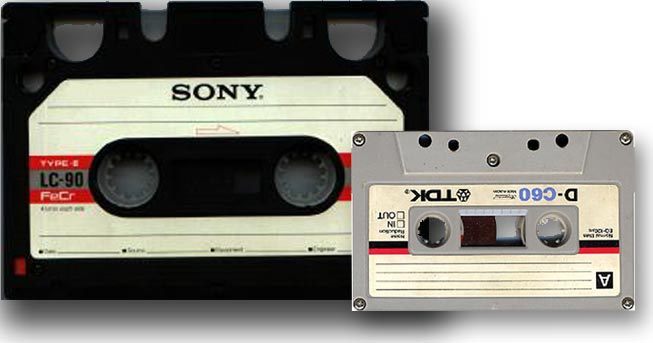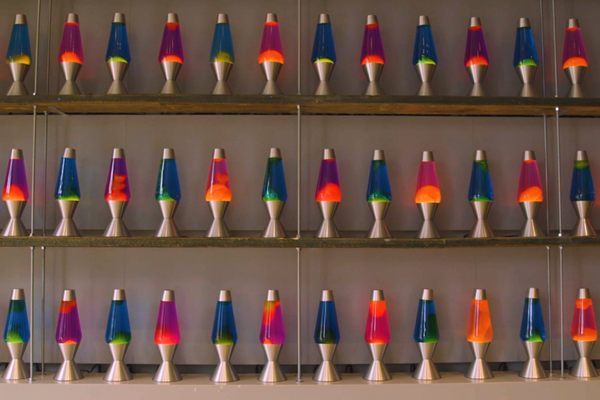The Quiet Failure of Sony’s Giant Cassette Tape
Meet the Elcaset.

A version of this post originally appeared on Tedium, a twice-weekly newsletter that hunts for the end of the long tail.
Roughly a year and a half ago, I made a pitch that we were due for a magnetic-tape comeback similar to the one we’ve seen for vinyl. (I titled it after a Frank Turner album, because Frank Turner is cool.)
Now, we haven’t seen that magnetic-tape comeback just yet, but it might help if I did my part by highlighting tape-format obscurities.

One of those obscurities worth a mention is the Elcaset, just one of Sony’s many attempts to create a new standard of some kind.
The ‘70s-era format was a middle ground between reel-to-reel tape, which was too bulky for mass consumption, and the already-standardized compact cassette, which was gaining steam in car stereos. It solved the weaknesses of the cassette—mainly imperfect sound due to limited space—through sheer size. The device, as Ars Technica notes, was roughly twice the size of a standard cassette.
So why didn’t it sell? Two reasons: First, Sony made the device with the assumption that cassette tapes wouldn’t get better. With the addition of new materials, such as chromium oxide, the quality of the standard cassette got a lot better, and tape players quickly improved as well.
And the other? As Techmoan notes in this 2014 clip, no officially-released pre-recorded music ever came out on the format, meaning that all you could really essentially do with it is record your own music—likely from the radio or a vinyl format—onto a giant tape that you can’t put in your car. (Ars notes that this was because Sony at the time did not have a significant content business, something that you definitely couldn’t say about Sony now.)
The thing disappeared by 1980. But on the plus side, they were selling a tape-based product that had already healed the wound. You may have heard of it. It’s called the Walkman.
A version of this post originally appeared on Tedium, a twice-weekly newsletter that hunts for the end of the long tail.











Follow us on Twitter to get the latest on the world's hidden wonders.
Like us on Facebook to get the latest on the world's hidden wonders.
Follow us on Twitter Like us on Facebook